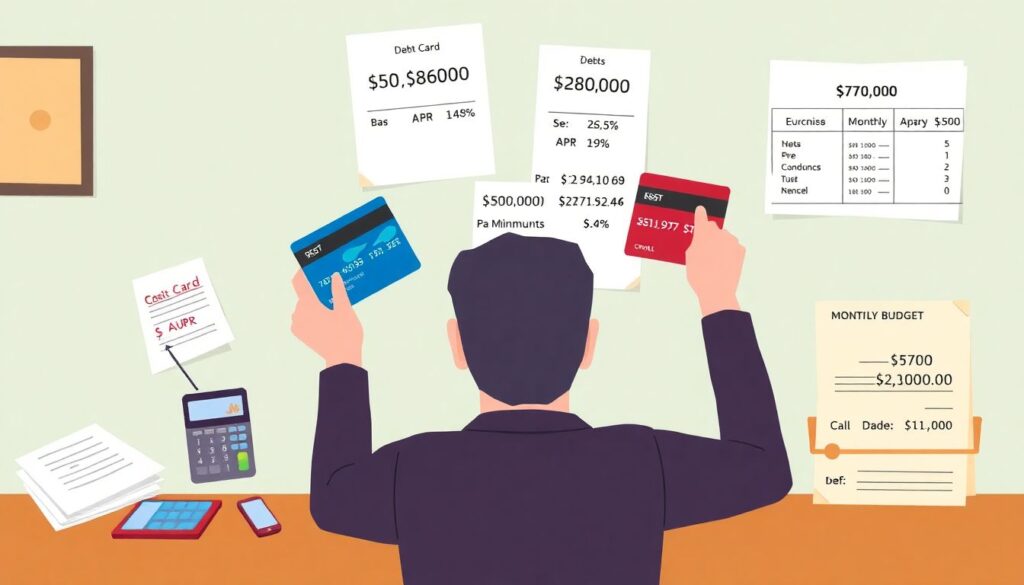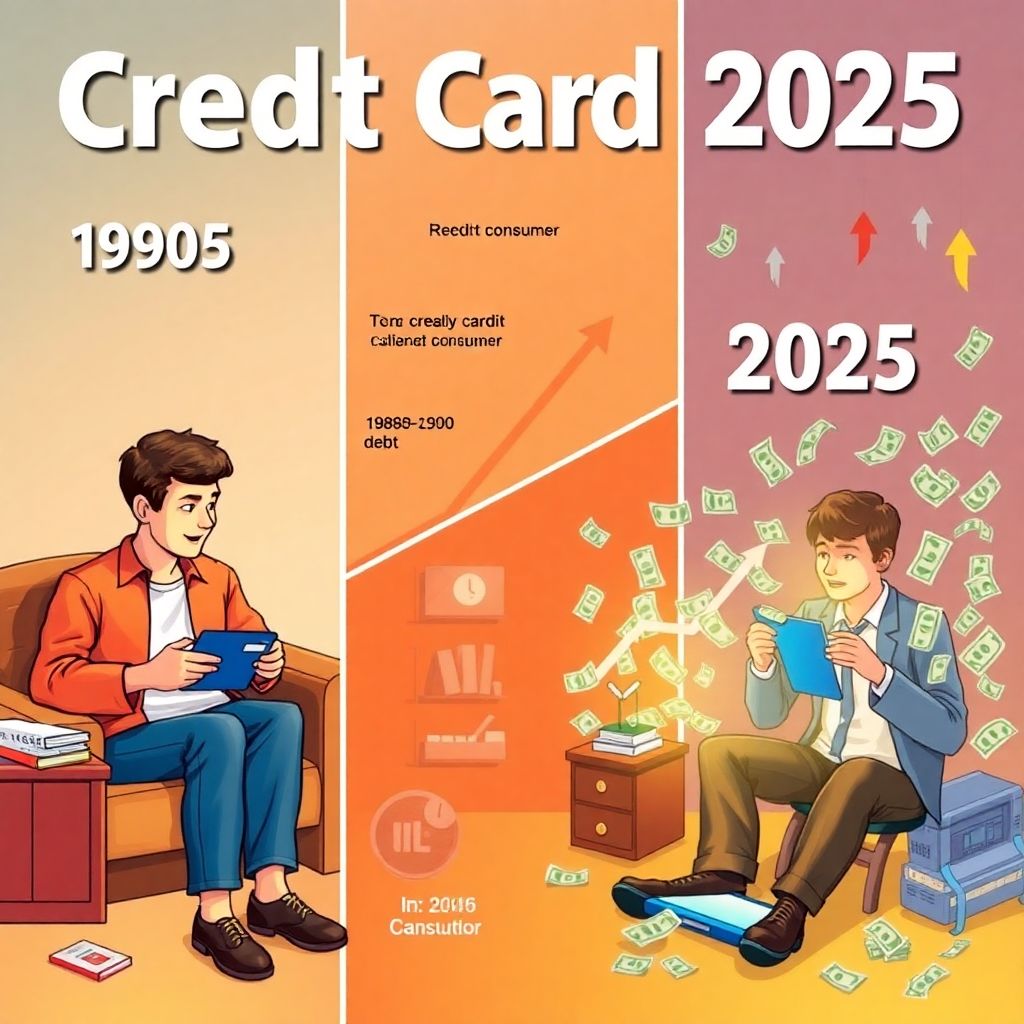Historical Context of Credit Card Debt
Credit card debt has evolved significantly since the introduction of revolving credit in the early 1950s. Originally conceived as a convenience tool for middle-class consumers, credit cards rapidly expanded in both issuance and usage through the 1980s and 1990s due to deregulation and aggressive marketing by financial institutions. By 2025, U.S. consumer credit card debt has surpassed $1.1 trillion, driven by inflationary pressures, stagnant wage growth, and widespread reliance on consumer credit. The historical trajectory reveals a systemic dependency on credit for daily living, making debt repayment not only a financial but also a behavioral challenge.
Fundamental Principles of Rapid Debt Repayment

Eliminating credit card debt quickly requires a structured approach based on financial discipline, optimization of interest payments, and cash flow reallocation. The core principles include:
1. Interest Rate Prioritization (Avalanche Method) – Allocating extra payments to the card with the highest APR to minimize total interest paid over time.
2. Minimum Payment Consolidation – Ensuring all cards receive at least the minimum due to prevent penalty APRs and further credit score deterioration.
3. Expense Compression – Reducing discretionary spending categories to increase monthly surplus applied toward debt.
4. Income Augmentation – Leveraging secondary income streams or freelance work to accelerate repayment velocity.
5. Debt Restructuring – Utilizing balance transfers or personal consolidation loans to lower average interest rates, when creditworthiness permits.
The interplay of these principles enables a scalable and adaptable strategy, particularly beneficial in high-interest environments like those prevalent in 2025.
Implementation Examples and Case Scenarios

Consider a borrower with three credit cards totaling $18,000 in debt, with APRs of 26.5%, 22.9%, and 19.4%. Using the avalanche method, the individual directs all surplus payments toward the 26.5% card while maintaining minimums on the others. By reallocating $700/month from lifestyle expenses and adding $400/month from freelance work, the borrower eliminates the highest-interest card in 6 months, reducing overall amortization time by 40%. In another scenario, a user consolidates $25,000 in credit card balances into a personal loan at 11.5% APR, reducing interest liability and simplifying repayment into a single monthly installment.
Such cases demonstrate the impact of combining strategic planning with behavioral adjustments. The success of these methods hinges on consistent execution and periodic reassessment of financial status.
Common Misconceptions About Credit Card Debt Repayment
Several pervasive myths hinder effective debt elimination. First, many consumers believe paying only the minimum is sufficient to “stay ahead,” overlooking the compounding nature of interest. Second, there’s a false assumption that closing paid-off credit cards improves credit scores; in reality, it can reduce available credit and increase utilization ratios. Third, some mistakenly prioritize debt consolidation without analyzing total cost of borrowing over time, leading to higher long-term liabilities. Lastly, a significant number of individuals underestimate the role of budgeting, falsely attributing debt to income insufficiency rather than expenditure mismanagement.
Discrediting these misconceptions is essential to fostering informed financial behavior and long-term solvency.
Forecast: The Future of Credit Card Debt Management
By 2025, fintech innovation is reshaping the debt repayment landscape. AI-driven budgeting tools, dynamic payment scheduling, and real-time credit optimization are becoming standard. Regulatory frameworks are also tightening, with new disclosures on compound interest impact and consumer protection standards. Additionally, the rise of decentralized finance (DeFi) platforms may offer alternative, peer-to-peer debt refinancing solutions with lower rates and increased transparency.
In the next 5–10 years, expect integration of biometric authentication for transaction limits, predictive debt modeling using machine learning, and embedded financial education in payment apps. However, while technology may streamline processes, the foundational challenge remains behavioral. The future of credit card debt reduction lies in the convergence of digital tools and financial literacy, enabling individuals to make proactive, data-driven repayment decisions.
Ultimately, rapid credit card debt elimination will depend not only on algorithmic assistance but on the consumer’s willingness to adopt disciplined and informed financial habits in an increasingly complex credit ecosystem.

